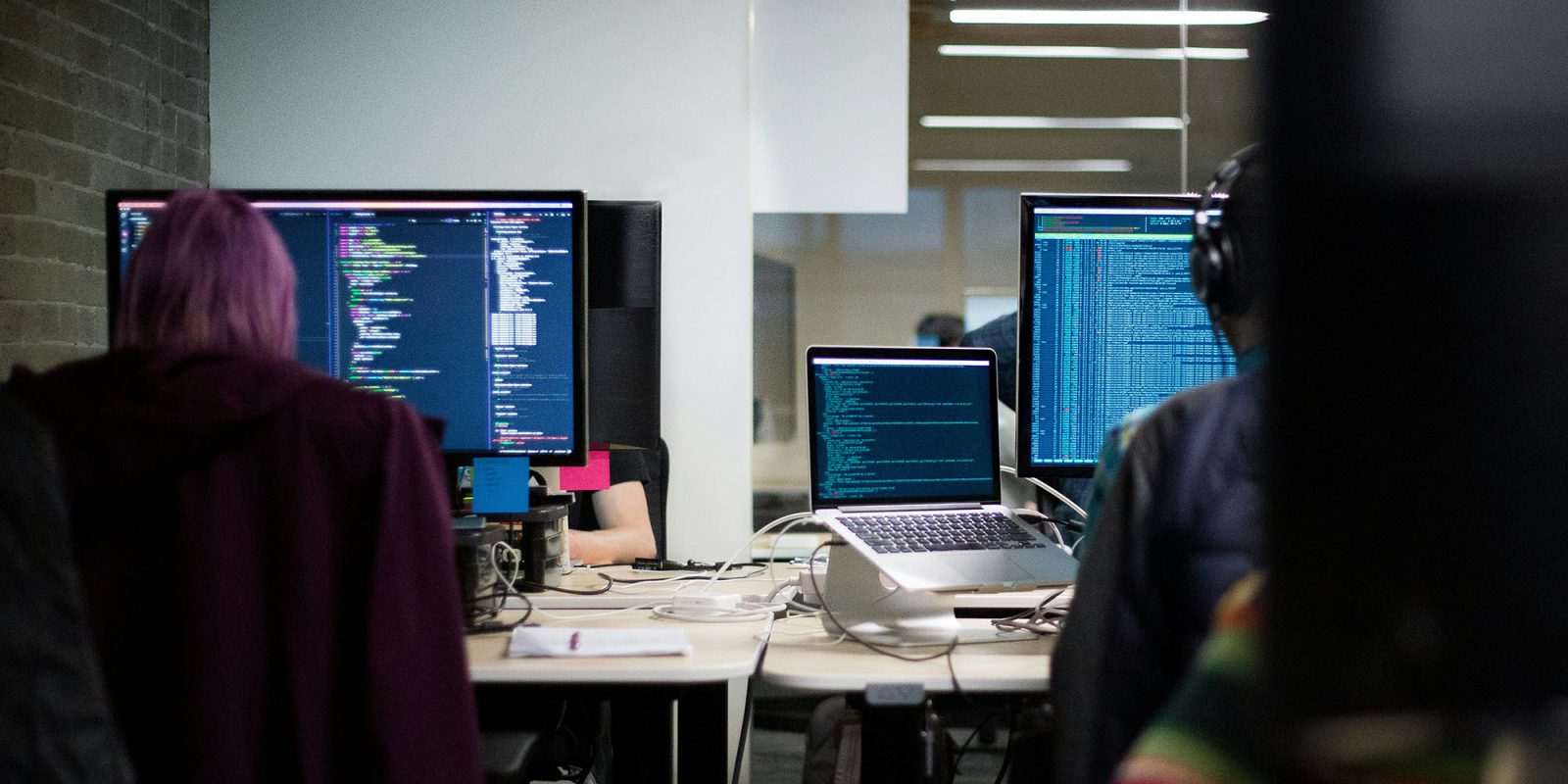OpenAI has unveiled a significant enhancement to its ChatGPT desktop application for macOS, introducing a Record Mode that enables users to capture, transcribe, and analyze audio directly within the app. This feature, initially rolled out to paid subscribers on macOS, marks a step forward in integrating voice-based interactions with AI, potentially streamlining workflows for professionals who rely on audio notes, interviews, or meetings.
Introduction of Record Mode
The new Record Mode is designed to provide users with a seamless method to record and transcribe audio content. By clicking the Record button within the ChatGPT macOS desktop app, users can capture both microphone and system audio during meetings, calls, or personal notes. Once the recording is complete, ChatGPT processes the audio on OpenAI’s servers, generating structured notes that include summaries, action items, and timestamped references. This functionality aims to enhance productivity by automating the transcription process and organizing information efficiently.
Availability and Access
As of July 16, 2025, the Record Mode feature is available exclusively to ChatGPT Plus subscribers using the macOS desktop application. OpenAI announced this rollout via their official X (formerly Twitter) account, stating:
> Plus users, the mic is yours. Record mode is now available to ChatGPT Plus users globally in the macOS desktop app.
This feature is currently not available for Windows or mobile platforms, and there has been no official announcement regarding its expansion to these systems.
Privacy Considerations
OpenAI emphasizes the importance of user privacy and compliance with local laws. Users are advised to obtain the necessary consents before recording others. The company warns:
> Please make sure you check local laws and always get the right consents before recording others.
Additionally, OpenAI states that notes and transcripts from Record Mode can be referenced in new chats and may be used to improve its models. However, this data usage can be disabled in the app’s settings. For Team, Enterprise, and Education workspaces, data is automatically excluded from model training by default.
Technical Specifications and Limitations
The Record Mode feature allows recording sessions of up to 120 minutes. After transcription, the original audio is deleted to maintain user privacy. Users must enable microphone and system audio permissions to utilize this feature. It’s important to note that while the feature offers convenience, it currently lacks speaker identification, which may pose challenges in multi-person meetings. Additionally, the feature does not integrate with calendar applications to automatically join and record scheduled meetings, requiring manual initiation of the recording process.
Implications for Professional Use
The introduction of Record Mode positions ChatGPT as a more comprehensive productivity tool, directly competing with established transcription services and meeting assistant tools. By integrating real-time audio processing with AI capabilities, OpenAI aims to become an indispensable assistant for a wide range of knowledge workers. This move intensifies the competition among AI giants like Google and Microsoft to create the most comprehensive and seamless AI-powered work interfaces, ultimately pushing the boundaries of what AI can do to enhance productivity and streamline information management in the modern workplace.
Conclusion
OpenAI’s launch of the Record Mode feature in ChatGPT for macOS users signifies a major evolution for the AI platform, shifting it from a powerful but discrete tool to an integrated work hub. While the initial offering has some limitations compared to more mature, specialized products, the rapid pace of development at OpenAI suggests these gaps will likely close over time. Users are encouraged to explore this new feature to enhance their productivity and streamline their workflows.



